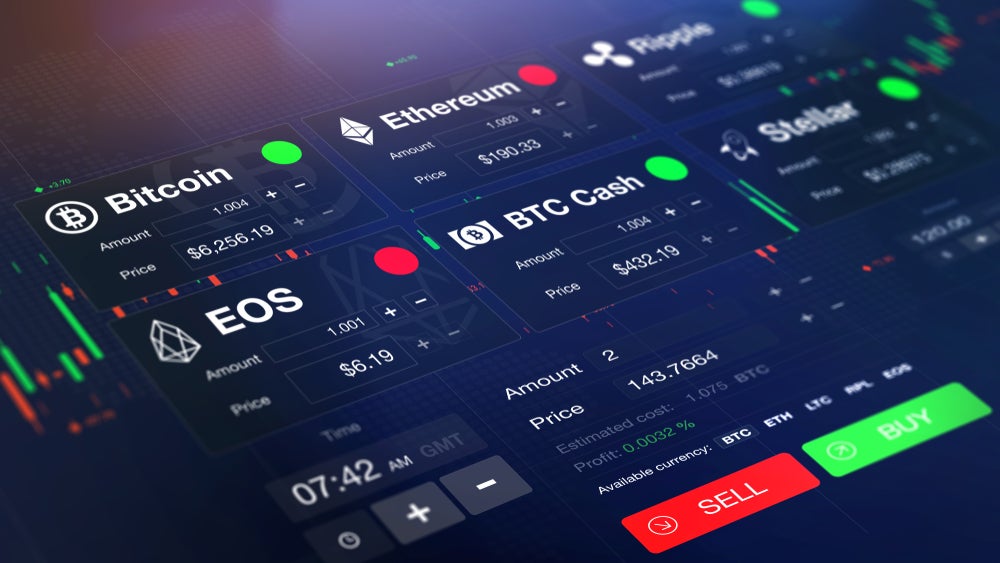The payment card has endured for many years in almost exactly the same physical form as the rest of the payments industry evolved around it. As mobile payments companies seek to threaten the supremacy of the card, other players are trying to update card design and technology. Ellie Chambers investigates
Despite the fast-moving nature of the payments industry, the payment card is positively ancient compared to many other elements of the banking industry – the concept of using a card for purchases was first described by Edward Bellamy in his utopian novel "Looking Backward" in 1887 and Bellamy used the phrase "credit card" 11 times over the course of the book.
Although in Bellamy’s vision of the future "credit cards" had a function more akin to US Social Security cards than today’s credit cards, the first cards that we might have recognised began to emerge not long after, in the early 20th century.
Western Union began issuing engraved metal "charge cards" to its regular customers in the early 1920s and from then it wasn’t long before the concept of paying multiple merchants with the same card took off with Diner’s Club.
It often seems like changes in card technology have been slow since then – even NFC, used in contactless cards, has existed in one form or another since the early 80s, when a patent related to radio-frequency identification was granted to Charles Walton in the US.
Consultant Roy Vella believes that cards are now an essentially static technology. He says: "Cards served their purpose and served it well for half a century: linking consumers as vital, unique nodes into a global payments network.
"But now that everyone globally is effectively "chipped" by their mobile device, that need to have an additional payments-only node is becoming moot.
How well do you really know your competitors?
Access the most comprehensive Company Profiles on the market, powered by GlobalData. Save hours of research. Gain competitive edge.

Thank you!
Your download email will arrive shortly
Not ready to buy yet? Download a free sample
We are confident about the unique quality of our Company Profiles. However, we want you to make the most beneficial decision for your business, so we offer a free sample that you can download by submitting the below form
By GlobalData"Emerging, cash-based economies, which never had checks nor cards, will never have checks or cards as there is simply no need for it to allow commerce to happen."
Approaching the crisis point?
There seems to be a growing school of thought that the only real innovations now available in cards will come through their migration onto smartphones, with the advent of mobile payments.
Some think contactless cards have failed to achieve the popularity hoped – in May, Chase bank announced in a letter to cardholders that it was to drop ‘Blink’, its contactless card technology, citing limited merchant acceptance and low customer usage.
Media outlets commented that perhaps Chase believed contactless payments would only come into their own when made using smartphones instead of plastic cards, with mobile payments leapfrogging cards to carry the technology forward.
One subscriber to this theory is Professor William Buchanan, from Edinburgh Napier University’s School of Computing. He says:
"The usage of credit cards is feeling old-fashioned, and it is our mobile phones which are which likely to give us the best security and scalability, especially in giving the user more control of the payments and in the e-Commerce infrastructure checking things like the location of the payment.
"Card security is always going to struggle to keep a high-level of security, as it is a static entity, where there are no real checks on its location or very little user control of on the access to it. Currently its security is being re-enforced with near-field technology, but there is a general lack of adoption of near-field credit card."
Seeming to back up Buchanan’s view that payment networks and banks are struggling to keep up high levels of security, there has been a real rash of high profile data breaches involving cards over the last few months.
From the Target breach, costing financial institutions an estimated $200m, to the breach in South Korea, affecting 40% of people in
But with the enduring popularity of payment cards and the slow take off of mobile payments, it seems premature to write off the technology as static and simply wait for mobile to take over.
According to figures from Timetric, it could be a very long wait. A report on payment innovations earlier this year forecast the global value of mobile payments will triple from $311bn in 2013 to $1.1tr in 2017.
Although these may seem like big numbers, they actually represent a rise from less than 1% to just 3% of the world’s card payments.
Fingerprinting cards
In view of the simply colossal loss of credit card data by South Korean firms KB Kookmin Card, Lotte Card and NH Nonghyup Card, it’s strangely appropriate that one of the most exciting card innovations around at the moment has come out of the country.
A group of researchers at the South Korean Advanced Institute of Science and Technology and the Institute for Basic Science have worked out a way to "fingerprint" payment cards, thereby preventing them from being replicated.
The technology works by randomly scattering 20 to 30 "nanowires", tiny silver wires, onto a thin plastic film, which could then be used to tag products like credit cards.
These nanowires are no more than 10 to 50 micrometres long – a micrometre being one thousandth of a millimetre. The difficulty of manipulating such tiny objects and the random nature of their placement makes this near impossible to replicate – meaning that counterfeit credit cards could be quickly sniffed out.
The researchers have suggested that the nanowires are dipped in fluorescent dyes, allowing the patterns on them to be visually identified and authenticated under an optical microscope.
However, while this would add another layer of complexity to the card, making it more secure, it would also add a layer of complexity to the payment process, detracting from the convenience that consumers and businesses alike prize so highly.
Material world
Another method of reinvigorating cards could be rethinking the materials they are made of – making credit cards using other materials than plastic is nothing new, but it is usually reserved for the cards of high net worth individuals with exclusive private banking products.
These materials, like the titanium that is widely reputed to be the primary material used to make the American Express Centurion Card, are intended to give an impression of wealth and exclusivity.
Only this month gold vault operator IMGold, based on the Isle of Man, announced the launch of a 14 carat solid gold Visa credit card for customers with over £100,000 ($168,000) of gold in their vault.
Other extravagant materials include the gold and palladium in Chase’s Palladium card, raw materials estimated by Bloomberg to cost $1,000, and the stainless steel that makes up the Visa Black Card.
Discover’s Biodegradable card is arguably a better use of alternative materials – it’s made of biodegradable PVC which can be expected to break down within five years under exposure to landfill conditions.
But what if a card could be made from materials that directly benefitted the user, rather than being an ostentatious display of their wealth, or benefitting the environment several years down the line?
One of the reasons Buchanan gives for championing mobile payments over cards is the relative ease of wiping a phone of its data.
He explains: "The most resistance to adopting mobile phone payments is a lack of trust just now, but that is being overcome with increased adoption, and the reduced risks around making payments with them.
"Users can now delete their phone immediately if it is lost, and even trace it, which is difficult with a physical card."
Yet this is exactly what a team at Iowa State University have been working on. The researchers, working in the mechanical engineering department, have produced electrical circuits and antennae that can be made to melt away.
The researchers call their invention "transient materials" and say it could be used to make credit cards that, when stolen, can be disabled by an electrical signal.
Similarly, California-based start-up Ondot Systems has introduced an app which can be used to effectively remote control a card.
Card Control, a phone app, allows a user to turn their card on and off, control whether it can only be used in your (or rather your phone’s) vicinity and set spend limits.
Yet this reintroduces the smartphone to the equation again, begging the question: isn’t this just another bridging technology between cards and mobile payments?
Gimmicks or game-changers?
It took the Target breach for US banks to finally take EMV seriously and this is a technology that had the combined power and resources of MasterCard and Visa behind it.
While the EMVCo organisation has existed since 1999, chip and pin cards did not even start rolling out in the US until 2011 and still have a long way to go, whereas the shift was implemented between 2005 and 2006 in Europe.
EMV adoption is still so low in the US that EMVCo does not measure it in their latest Worldwide EMV Deployment and Adoption statistics.
Little known design-based innovations like new card materials and electronic fingerprints stand little chance of making their mark in such a huge, slow-moving market.
Vella says: "They are gimmicks; ingenious little technical solutions that address the symptoms, not the disease, of card fraud or theft. They are basically putting plasters on old paradigms to fix things instead of inventing new ways to simply do things better.
"Of course, in the near term, treating the symptoms is valuable – masking or alleviating the pain makes everyone feel better. But it’s not the long term answer."







